City' top chefs reveal the ingredients that still bring them to their knees
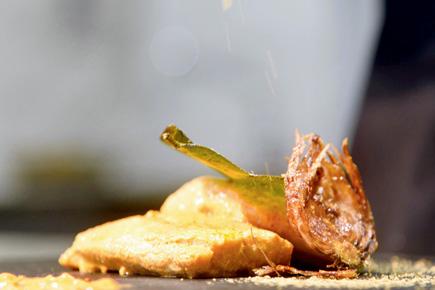
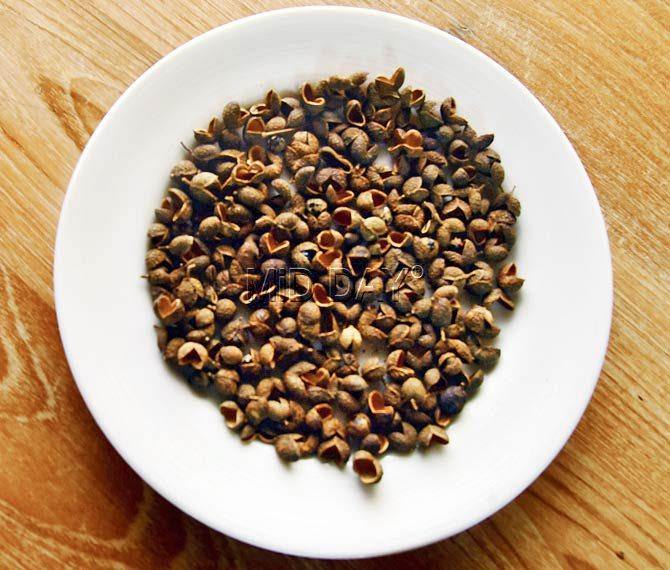
ADVERTISEMENT
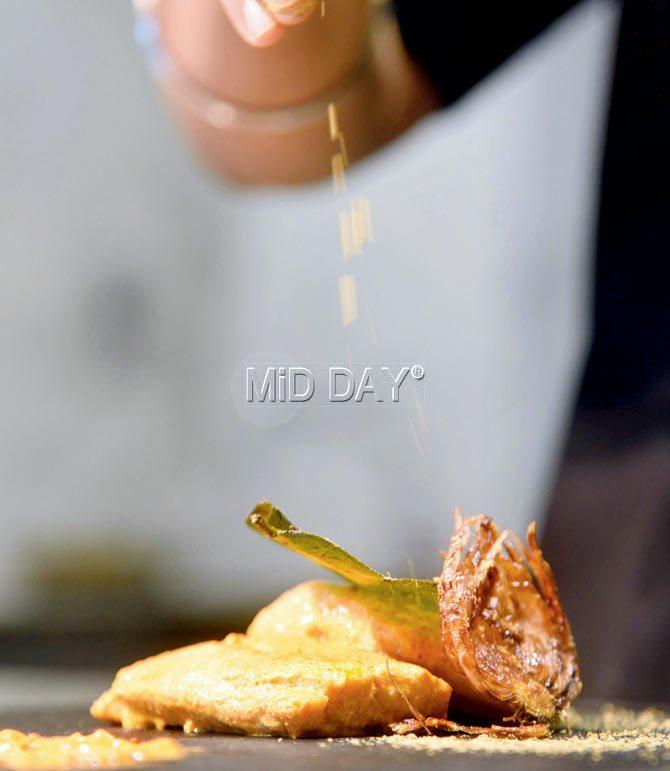
The Naga spring salt being sprinkled on the fish mejenga leaf. Pics/Nimesh Dave
NAGA SPRING SALT
Amninder Sandhu, Arth
The Naga spring salt is used not so much for seasoning, as boiling vegetables, says chef Sandhu. "It helps retain the colour of the vegetables, because of its high mineral content. It is gray, as compared to other salts; the flavour, mellower and less sharp than industrial salts. So, understanding the quantity of the salt to be used requires several trials," she says. She came across this ingredient when she first travelled to Khonoma village, Nagaland, in April this year.
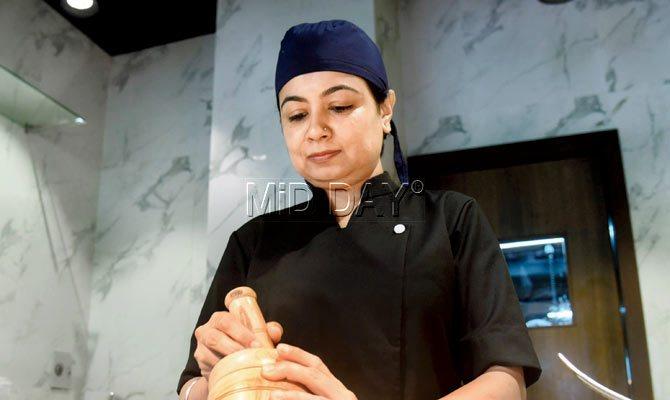
"The first two times I cooked fish with Naga spring salt, it tasted bland. Then I tried sous vide and it worked. The salt required longer, slow cooking to impart its flavour."
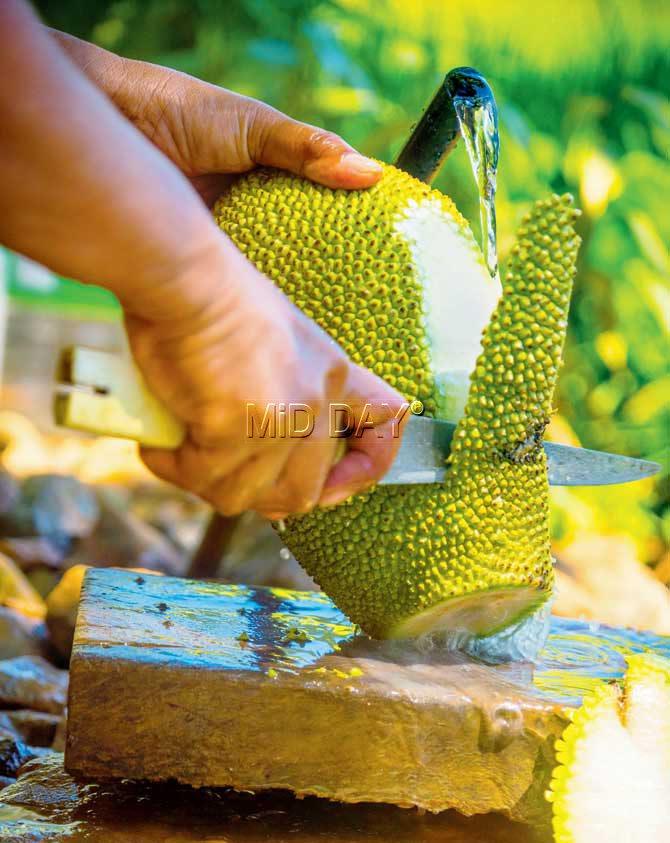
JACKFRUIT
Manu Chandra, Toast & Tonic
"Raw jackfruit is sticky. Therefore, cutting and cleaning it is a pain," says Chandra, 37. "It can easily get overcooked. If you get the texture wrong, the whole dish gets spoilt. The flesh needs to be plucked carefully and it needs just the right kind of ripeness. Slightly over, it gets mushy and sweet. Slightly under, it's raw. The size is crucial too, if it is too small, there's no flesh. It needs to be plucked at the right time."
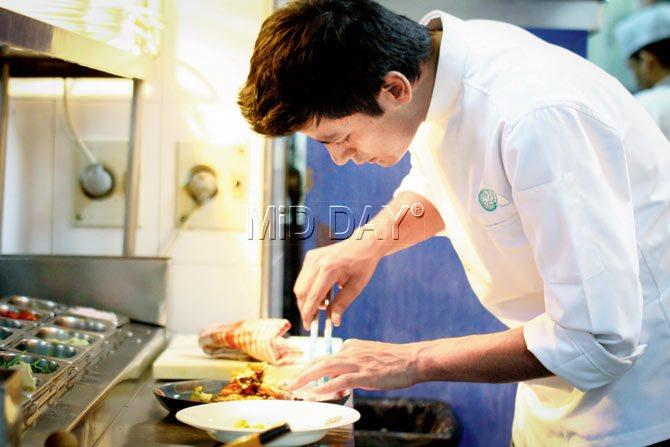
At the restaurant, Chandra creates a pulled jackfruit for which it is lightly stewed with a layer of rice on top. "That's to keep the flavour and moisture intact, while not breaking the flesh too much." Prepping is hard, too. Chandra says, "Since it's sticky, cutting it is a challenge. The skin is very hard and you need to peel it with care and caution. If you wear gloves, you cannot get the grip right. Your fingers, therefore, become vulnerable. Also, you need to oil your hands, else it leaves a black mark which is almost impossible to remove."

For representation purpose only
TRUFFLE MUSHROOM
Chef Larry Paul, British Brewing Company
It's one thing to find an ingredient tricky, but, when it's as expensive and rare as truffle mushrooms are, the task becomes all the more daunting. "For a gourmand, truffle mushrooms are a delight. But, it's quite complicated for a chef to judge the right size, colour, shape, texture and aroma of this ingredient. One needs a lot of knowledge to understand this and pick the right one," says Paul, 41, who prefers to work with a black truffle.

It was during his days as a cruise ship chef, that he would work with it often. "We would call for it at the eleventh hour, just before the ship left the port. When truffle mushrooms are fresh, they give out hundreds of scent molecules. It is important to get them fresh and cook them fresh, so it retains the right flavour. The challenge was to finish the entire dish from scratch, in a short time. It's tricky, and I don't work with it as often.'
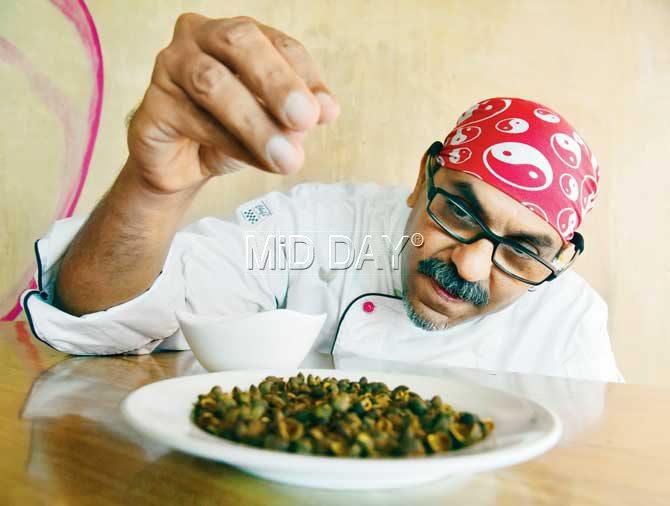
Tirphal, says Pabaney, works in very small amounts
TIRPHAL
Irfan Pabaney, The Sassy Spoon
What does one do when they cannot figure the exact taste and flavour a certain ingredient imparts to the dish? That's tirphal or all-spice for you. "It certainly does something to the dish, but I have still not been able to underline what that is. Without it, the dish never tastes the same," says Pabaney, 50. He had many fails with tirphal in his initial days as a chef. "I can only describe it as a cousin of the Sichuan peppercorn.
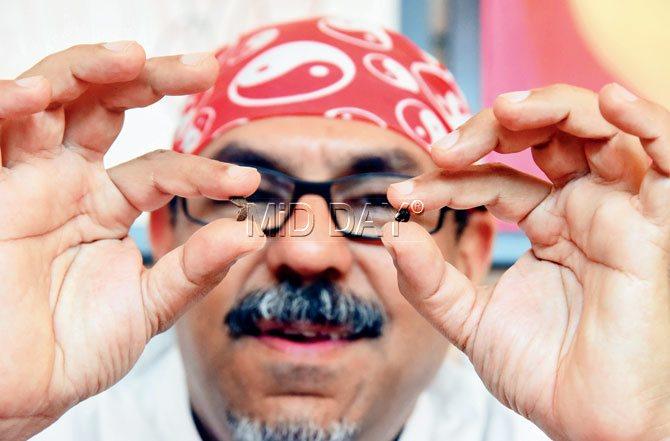
When you eat it, your tongue tingles. It works in very small quantities. Perhaps half a teaspoon in six portions of roast chicken, but I still cannot be sure. I don't cook with it often; sometimes in a fish curry maybe. It puzzles me to no end."

Pics/Datta Kumbhar
BUTTERCREAM
Anjali Pathak, Flavour Diaries
While buttercream, in chef Anjali Pathak's own words, may not be rocket science to prepare, she always finds it hard to pipe it. "It's a large part of the job, to make our cakes look pretty and intricate. I don't think I have a steady hand for its application; I feel I still fall short of the precision that's needed," says the 36-year-old who has worked with the likes of Jamie Oliver.

"It's something I have been doing since chef school days and it has been a problem area since then. The only way to get better is to keep going. I need to pipe the buttercream no more than once a week, which is great. I've been at it for 10 years, but I guess some things take more time to perfect."
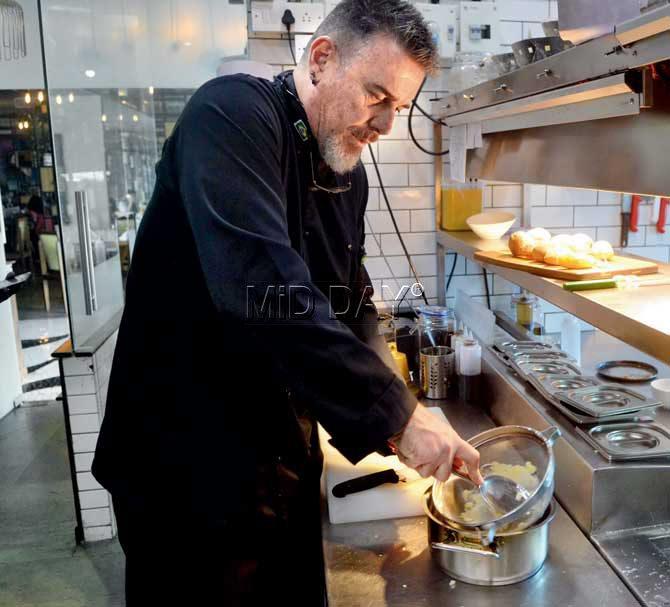
POTATOES
Chef Guto Souza, Boteco
One might find it amusing that this Brazilian chef who has worked around the world has been battling the potatoes of Mumbai. Says executive chef and co-owner of BKC's Brazilian eatery, Boteco, "We do a lot of dishes with potatoes, I love my mashed potatoes. But, the potatoes here are quite watery; I don't know if that's a seasonal problem. I need them to be dry to get the consistency I want. We have to dry them up in the oven for hours, before we can do anything with them." Daily six to eight kilos of potatoes have to be dried in the oven. "It drives me crazy. I had not seen this coming, of all things. We need to have bigger problems than this," he laughs.
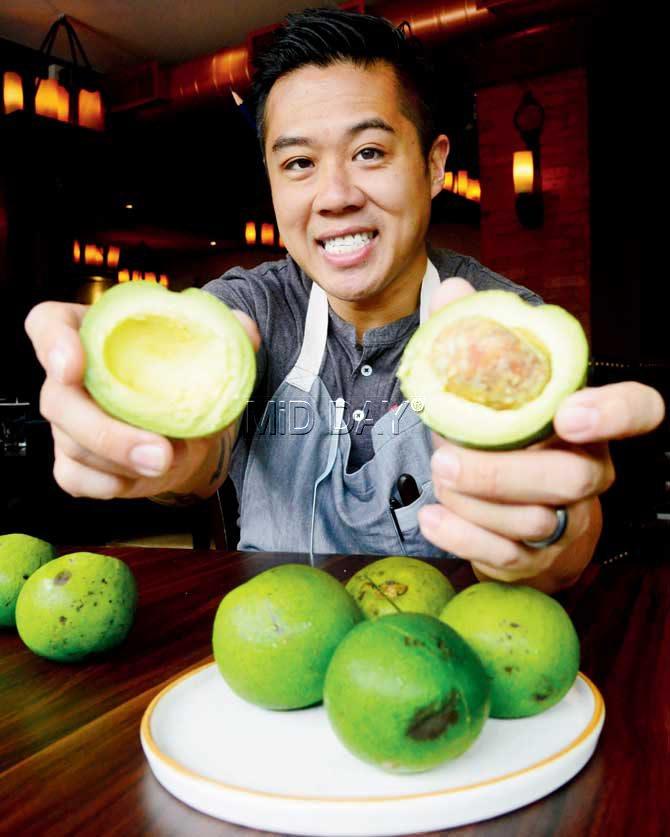
Kelvin Cheung
AVOCADOS
Kelvin Cheung, Bastian
Avocados in India puzzle the Bastian chef no end. "The local avocados go from hard as a rock to ripe and beautiful to overripe, black and bitter within a span of 24-36 hours. There seems to be no consistent timeframe that I can count on to estimate exactly when I'll be able to use an avocado purchased locally," Cheung says.
He shares an anecdote. "One recent weekend, I expected to have gorgeous, delicious avocados for the Sunday brunch at the restaurant and none of my avocados were ripe. We cut open two dozen avocados only to find none were usable. Our hearts sank. Ultimately, we had to take the avocado toast off the menu for that certain brunch.
Luckily for us, we have understanding customers." The challenge, however, has not lessened his fondness for avocadoes. "I use avocadoes every day in my restaurant. Once you get the hang of judging, they're extremely nutrient rich."
 Subscribe today by clicking the link and stay updated with the latest news!" Click here!
Subscribe today by clicking the link and stay updated with the latest news!" Click here!






